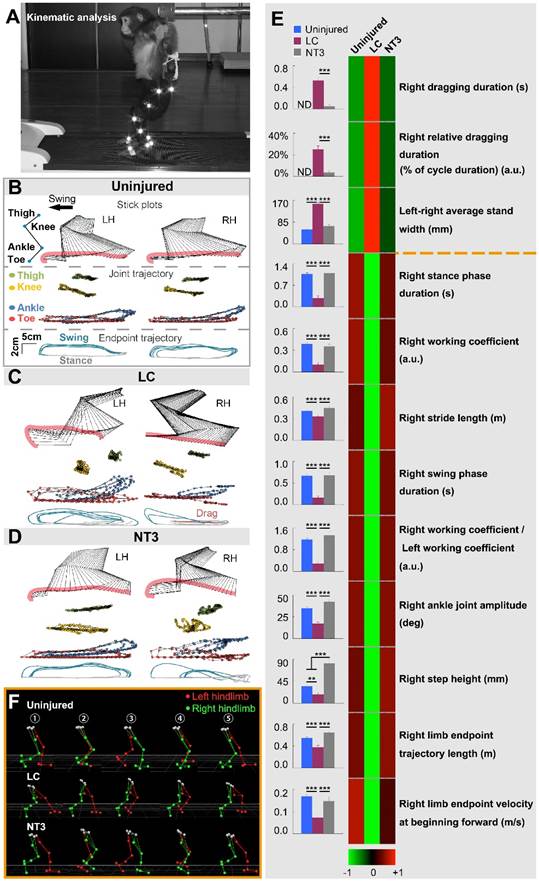Recently, the medical challenge of repairing spinal cord injury (SCI) of adult non-human primates was solved by the team led by Prof. Li Xiaoguang from Beihang University, Prof. Sun Yi from Tongji Hospital of Tongji University and Prof. Yang Zhaoyang from Capital Medical University. Having worked on this issue for over 20 years, they proved that their self-developed bioactive material could improve the microenvironment of the injury and elicit long-distance cortical spinal tract (CST) regeneration in adult rhesus monkeys. The regenerated tract could bypass the injury and establish a functional neural network with the spinal cord of the host, facilitating the recovery from paraplegia. The research was published in Proceedings of the National Academy of Sciences of the United States of America (PNAS) on May 29.

Fig. 1 The research published in PNAS
120,000 new cases of SCI emerge in China and 17,000 cases in America each year. This illness often strikes young adults and causes impairment in sensory, motor, and autonomic functions, neuropathic pain, rigor, etc. For adult primates, SCI not only damages the original anatomical structure of spinal cord and causes cell death but also triggers secondary injuries due to inflammation, demyelination, hyperplasia of glial cells and so on. As a result, all parts of the body below the injury will lose their functions.
Effective methods to intervene in or repair SCI have not been found. In the past decades, progresses have been made in treating central nervous system injury and neurodegenerative diseases with endogenous neural stem cells, which can differentiate into neurons continuously. These neurons can participate in the formation of new neural circuits, restoring some functions after nerve injury. However, researches in this direction are limited to activation and recruitment of such cells in brain.

Fig. 2 Improvement of animal walking behavior after NT3-chitosan treatment
In 2015, the team found that the endogenous neural stem cells in the central nervous system of adult rodents could be activated, recruited and then migrate to the injury area, where they differentiate into mature neurons, integrate into the existing neural circuits of the host and eventually lead to the functional recovery from paraplegia. This study solved the problem of long-distance growth of central nervous system axons and provided a new theory of central nervous system regeneration.
The team is the first one around the world to propose the theory of incubating adult endogenous stem cells. In this theory, the researchers regard the incubation of endogenous stem cells as breeding and compare the injury in brain or spinal cord icentral nervous system as soil, which is usually filled with various inflammatory factors and inhibiting factors and suffers from edema and hypoxia, just like saline and alkaline land, and they consider the neural stem cells in these parts as seeds in dormancy. The bioactive material developed by the team can control the release of neurotrophic factors in long term, improving the “soil” and activating the “seeds”. The endogenous neural stem cells then migrate to the injury and differentiate into mature neurons, and these new neurons can form functional neural circuits with host cells and restore the functions.

Fig. 3 Histological analyses demonstrating NT3-chitosan elicited de novo neural tissue reconstruction
after a severe case of SCI
In rhesus monkeys with SCI, the researchers used NT3-chitosan, a bioactive and biodegradable material, to elicit robust de novo neural regeneration, including long-distance axonal growth of cortical motor neurons in the cortical spinal tract as well as sensory and motor functional recovery. They utilized a series of minimally invasive measures, such as fMRI, magnetic resonance diffusion tensor imaging and kinematics walking analyses, to assess the experiment results. The latest research proves the success of treating spinal cord injury with the biomaterial in non-human primate SCI models and provides a solid foundation for its potential clinical application.

Fig. 4 Assessment of the paper by Prof. Thomas C. Südhof, a Nobel Laureate in Physiology or Medicine in 2013
Edited by Shi Yue
Translated by Li Mingzhu

